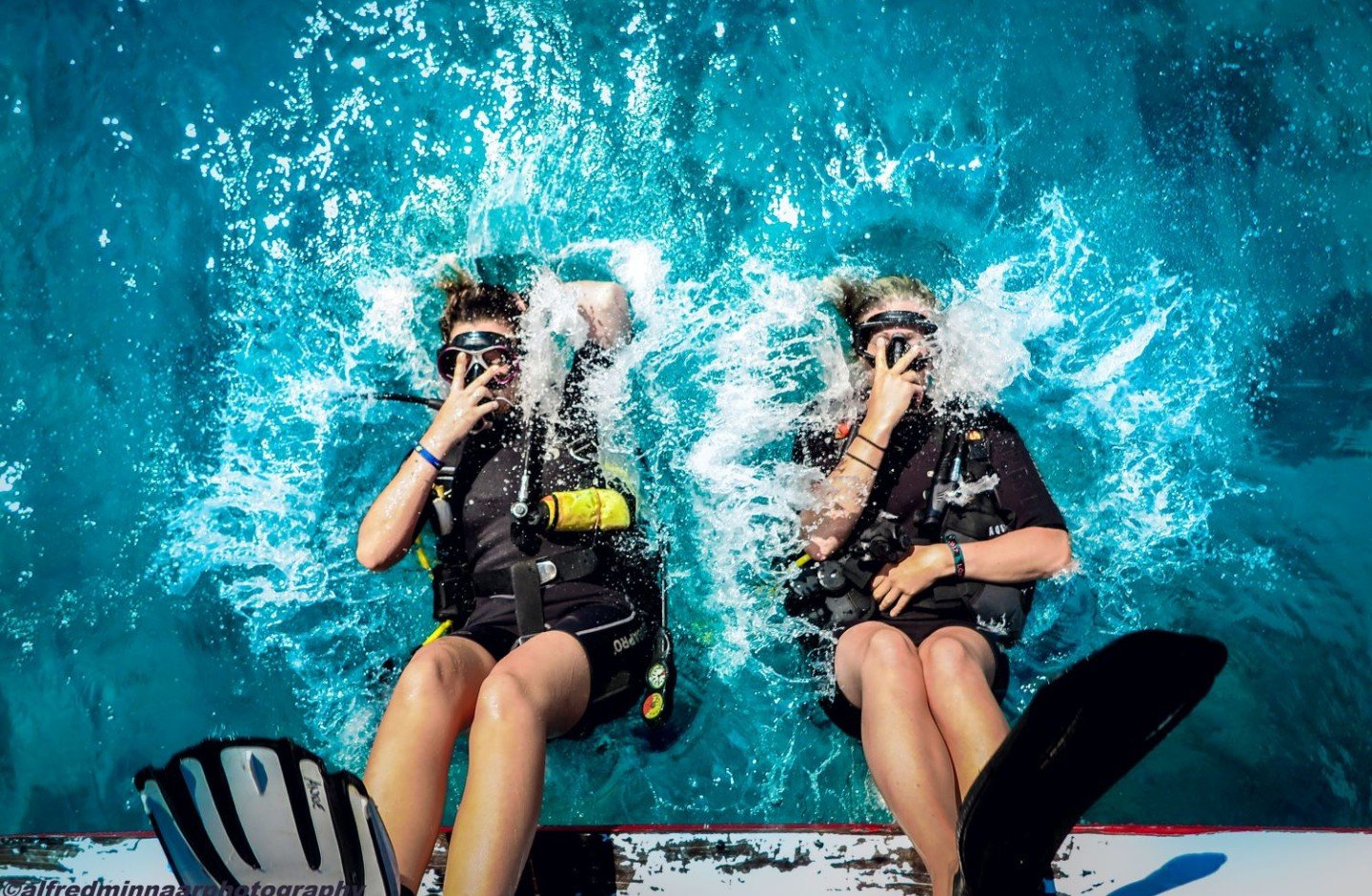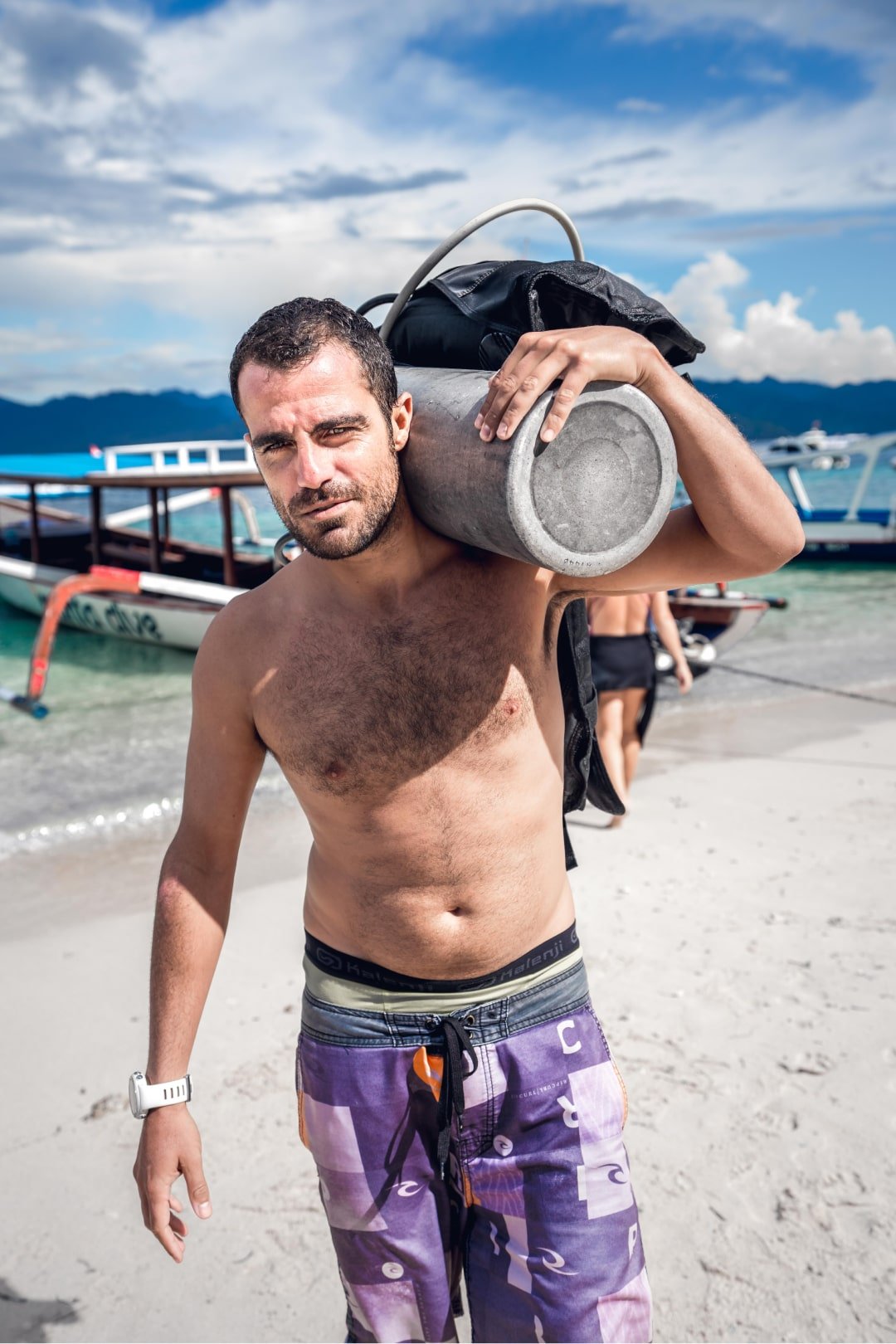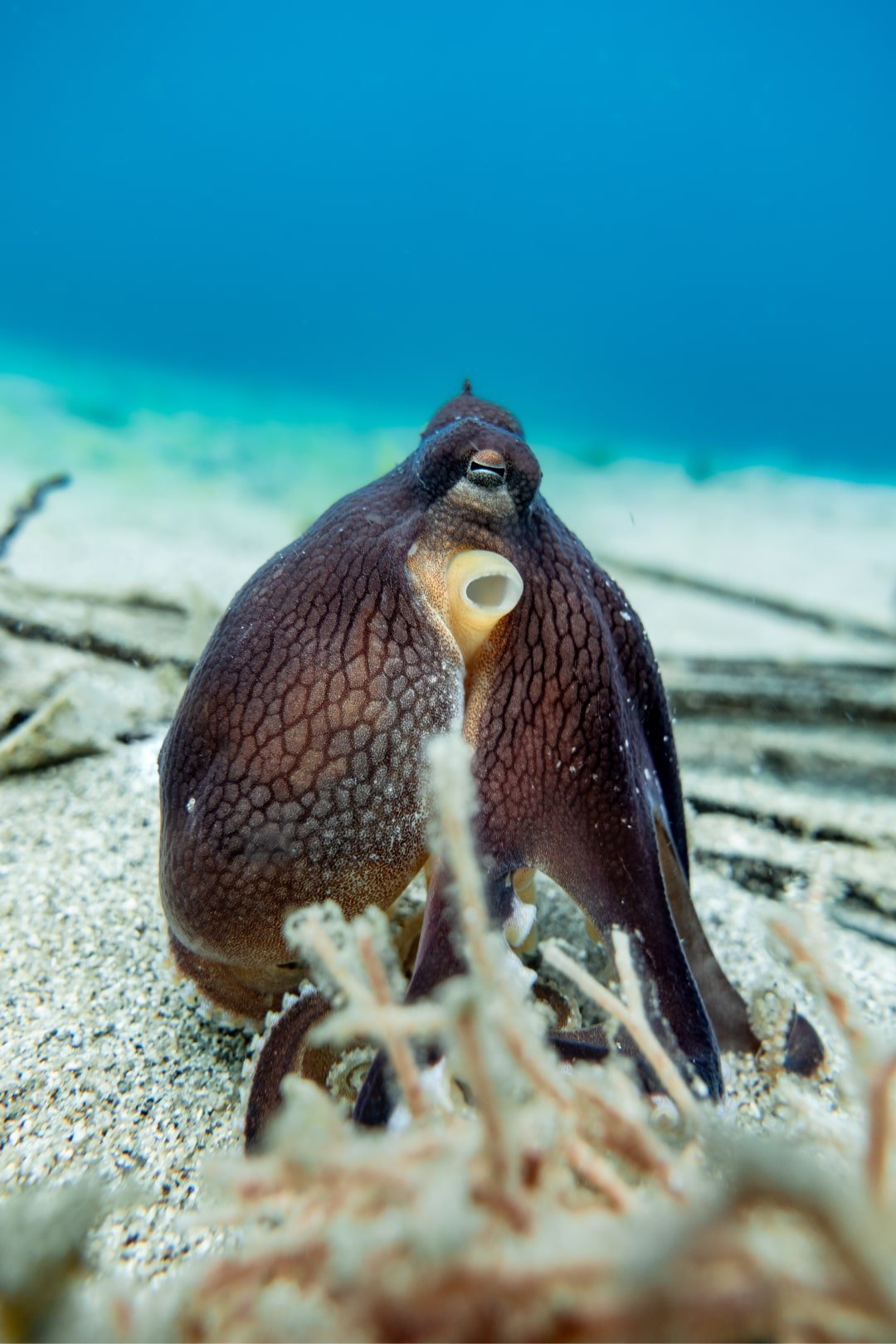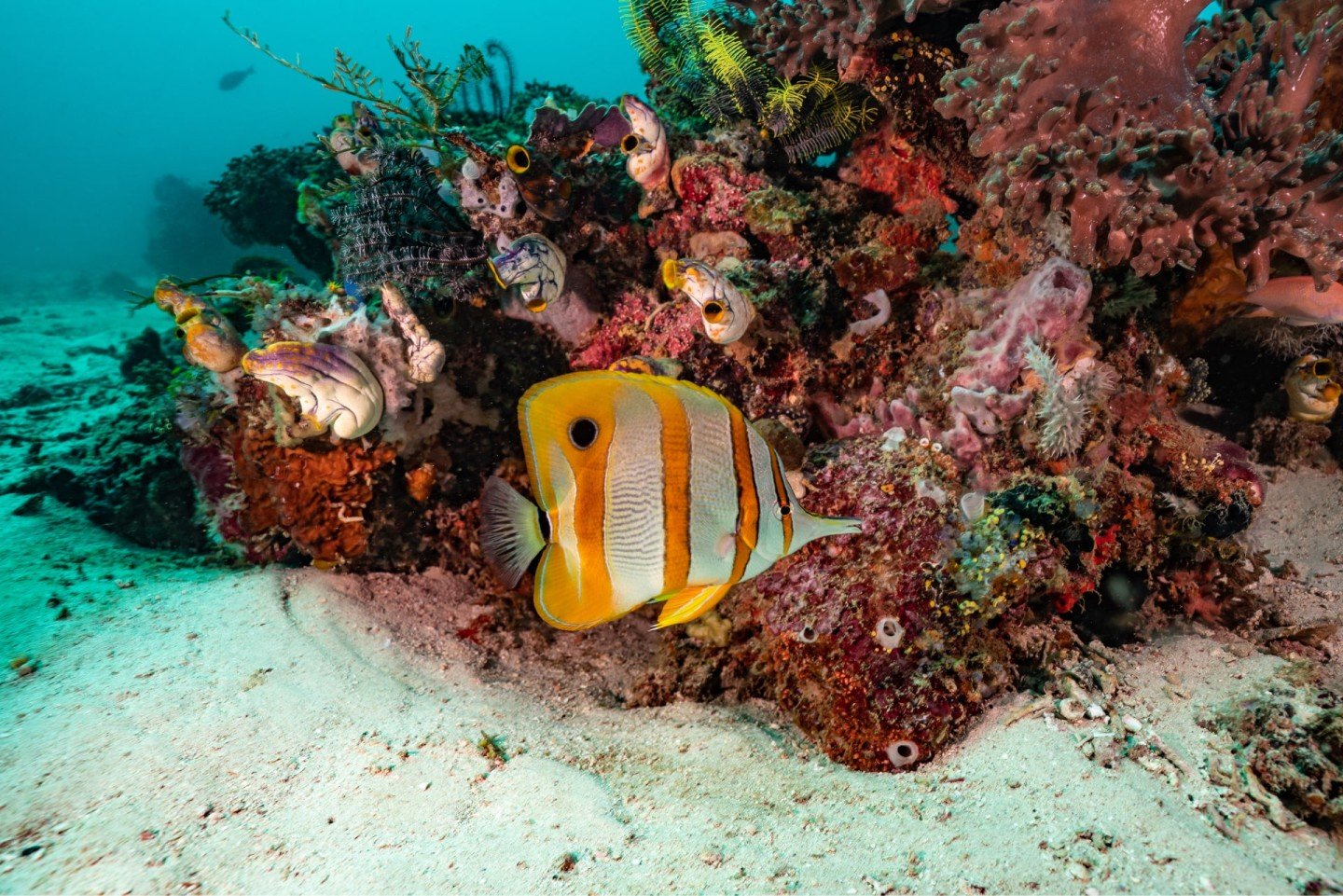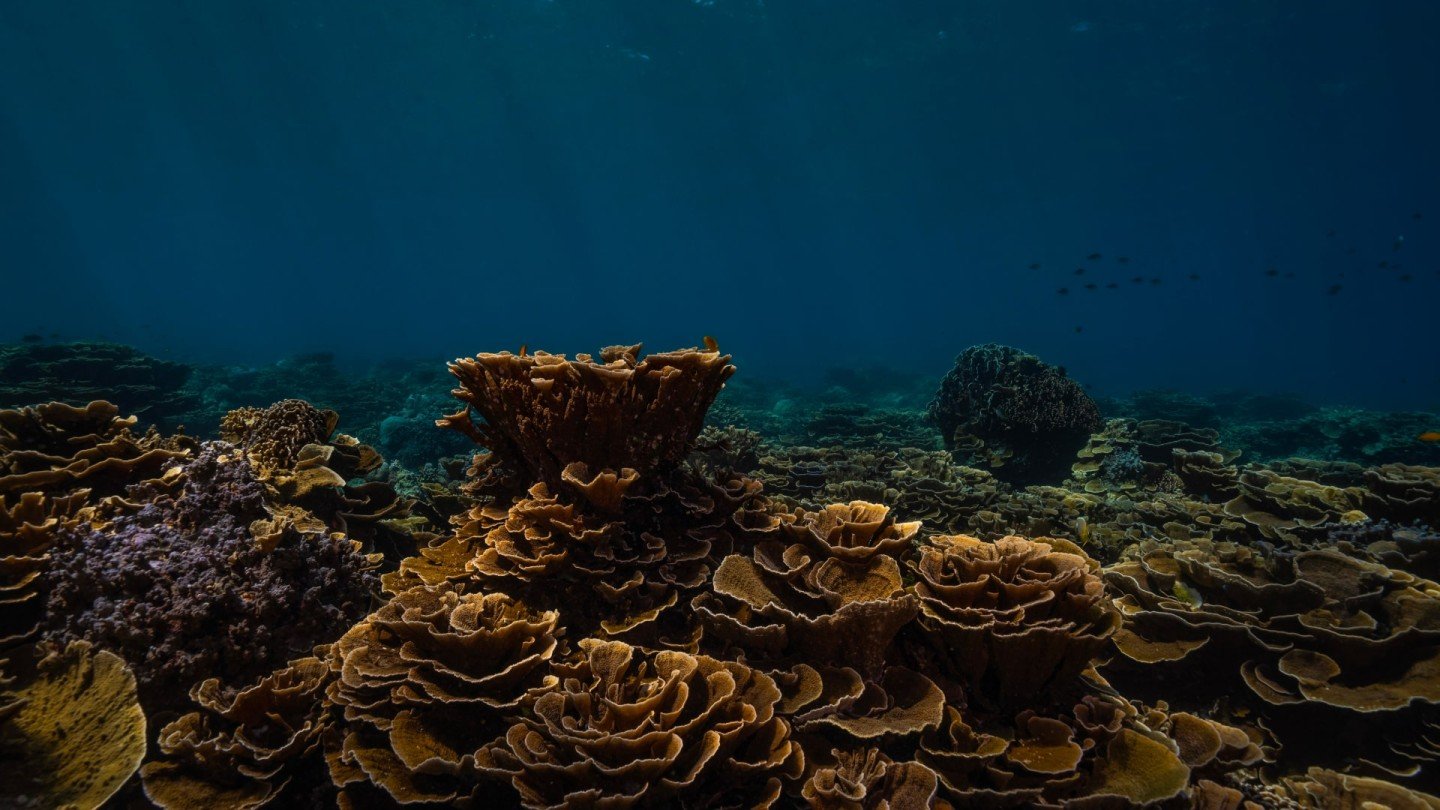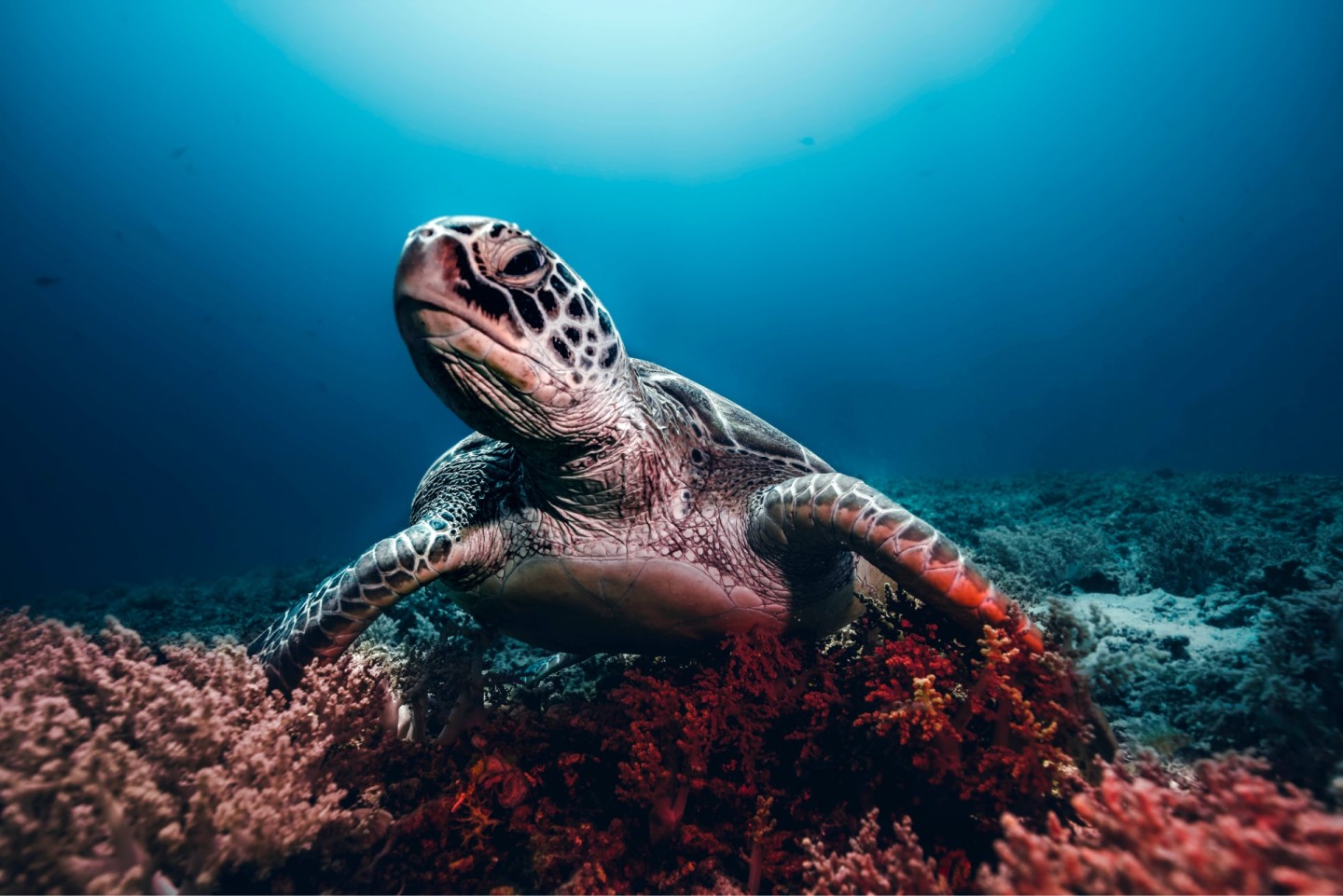Conditions on Gili T
Currents
Currents in the Gili Islands are fickle beasts. Unpredictable even on the best of days, the currents can range from non-existent to a strong push. As a result, most dives are treated as drift dives in the Gilis. This means your boat will pick you up wherever you surface. How is that for service!
Visibility
Along with the water temperature, visibility is one of the big draws for divers to the Gili Islands. Our crystal clear blue waters have some of the best and most consistent visibility in the region. During the dry season, this averages between 25-30 metres, but can reach up to a whopping 35 metres. During the rainy season, this number will usually average between 10-25 metres. This can depend on the day and the dive site, though, and is largely based on the currents. Increased plankton concentrations during this time can also decrease visibility.
The increased plankton during the wet season can lure in the big pelagics - whale sharks, mantas and even mola mola! So you really can’t go wrong in either season.
Temperature
Water temperature is not something you need to worry about in the Gilis. With average temperatures of 28-29 degrees Celsius (82-84F), you’re swimming in bathwater year-round. These averages will fluctuate with the seasons, but these are minute changes of a degree or two at most. For those that want the warmest waters, visit in the dry season between May and August. The coolest months are December to March during the rainy season.


